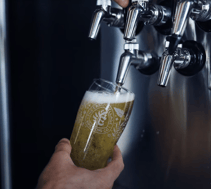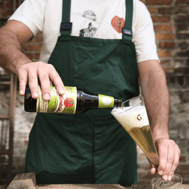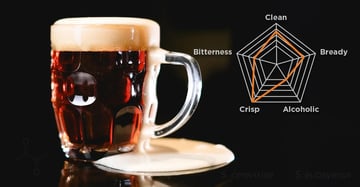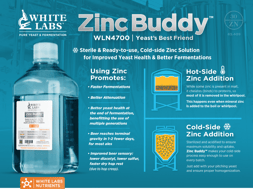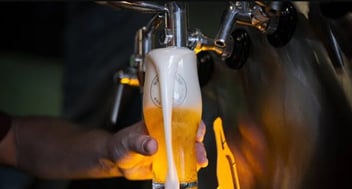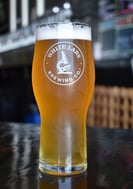
Many Flavors of Fermentation Series Part 2 - Metabolites
Many Flavors of Fermentation Series - Part 1 In part 2 of this technical series, we will expand on how to communicate the many flavor of fermentation by exploring ways to describe yeast-influenced flavor/aroma compounds & ways we can influence common off-flavors such as acetaldehyde, diacetyl, and sulfur. Many Flavors of Fermentation Video Playlist Many…
Read more

